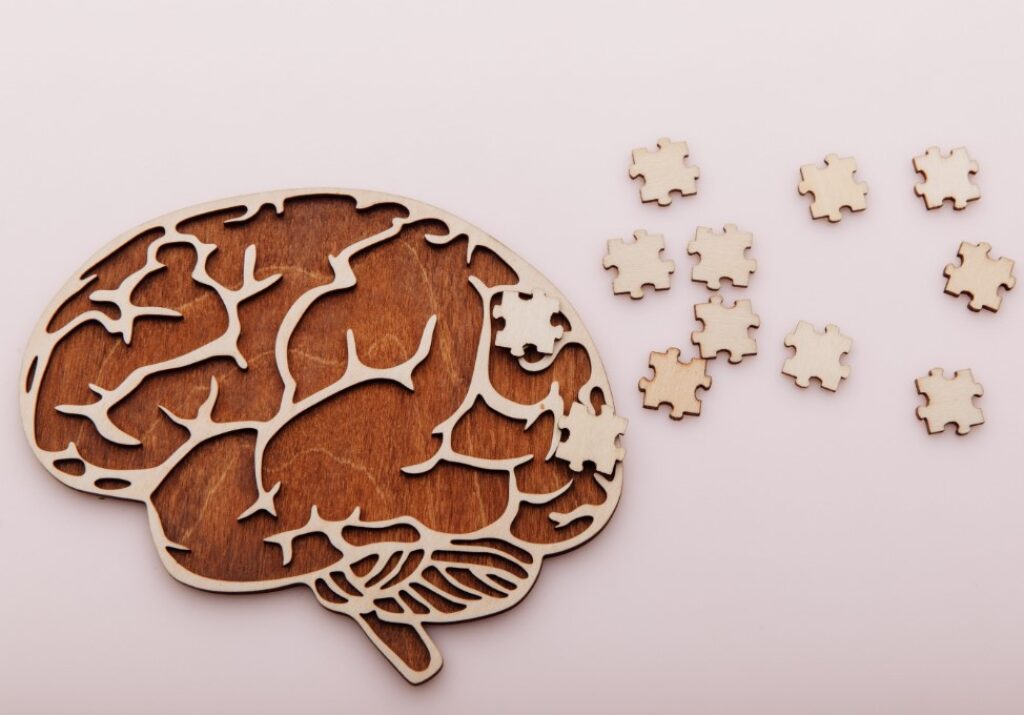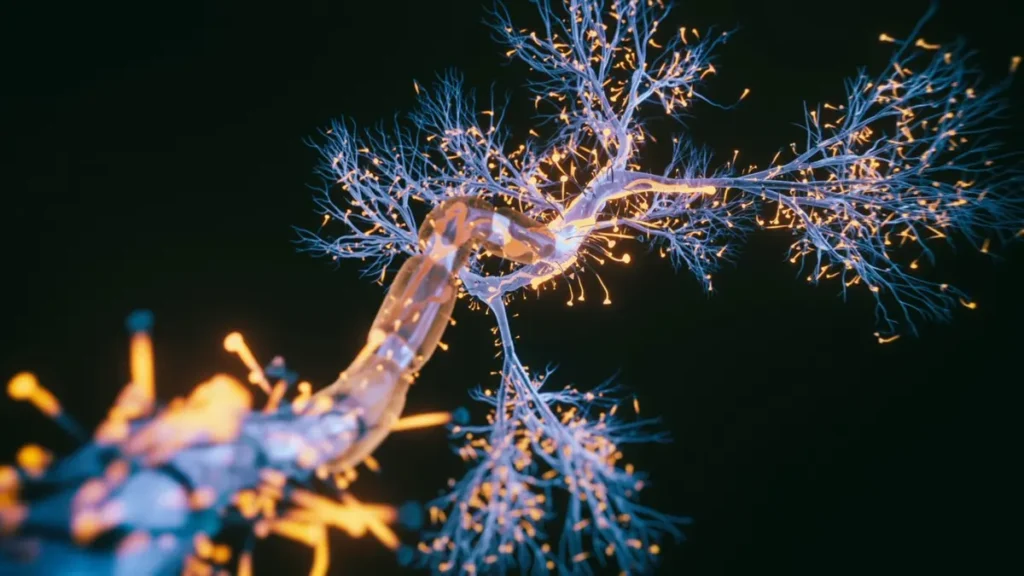
Alzheimer’s disease is a progressive neurological disorder that affects millions of people worldwide, causing significant impairment in cognitive function and daily living activities. It is characterized by the gradual degeneration and death of brain cells, leading to memory loss, confusion, and a host of other cognitive difficulties.
This article delves into the changes occurring within the brain as a result of Alzheimer’s disease, exploring the science behind the symptoms that impact patients and their families.
Below, we examine the physical changes in the brain, the role of certain proteins, the process of cognitive decline, and how Alzheimer’s progresses over time.
Table of Contents
Understanding Alzheimer’s Disease and Its Effects on Brain Function

Source: maxhealthcare.in
Alzheimer’s disease is not just about forgetting names or losing keys but encompasses a significant decline in cognitive ability that disrupts daily life. It is a form of dementia that specifically impairs parts of the brain responsible for thought, memory, and language. Scientists believe Alzheimer’s is caused by a combination of genetic, lifestyle, and environmental factors that affect the brain over time.
Early symptoms of the disease often include difficulty remembering new information because Alzheimer’s typically affects the part of the brain associated with learning first. As the disease advances, individuals may experience disorientation, mood, and behavior changes, deepening confusion about events, time, and place, unfounded suspicions about family, friends, and professional caregivers, more serious memory loss and behavior changes, and difficulty speaking, swallowing, and walking.
Researchers are striving to understand the mechanisms that trigger Alzheimer’s and why it progresses at different rates in different people. One area of research focuses on understanding how Alzheimer’s affects brain function. For those who wonder, “What does Alzheimer’s do to your brain? “The answer lies in the profound changes in brain chemistry and structure.
Cognitive Decline in Alzheimer’s ─ Memory Loss and Beyond
Memory loss is one of the most recognizable signs of Alzheimer’s disease, but cognitive decline manifests in many ways. In the later stages of the disease, speech and comprehension can be severely affected. Individuals might struggle to find the right words, repeat phrases or stories, and gradually lose the ability to follow or participate in a conversation.
Besides verbal communication, Alzheimer’s can impair spatial and visual abilities, leading to difficulty in recognizing faces, objects, or even familiar environments. This disorientation can result in wandering, a common and dangerous symptom. Abilities that were once second nature, such as dressing or handling utensils, become increasingly challenging.
Alzheimer’s also affects executive function, which includes the ability to plan, focus, remember instructions, and multitask. These complications contribute to the challenges of day-to-day living and can necessitate constant supervision or assisted care. As the brain’s structure and volume continue to be impacted, so does the personality and behavior of the individual.
The Impact of Alzheimer’s on Brain Volume and Structure

Source: interestingengineering.com
One of the physical manifestations of Alzheimer’s within the brain is the loss of brain volume, known as brain atrophy. This is due to the widespread death of neurons and the loss of neuronal connections. In imaging scans of the brain, such as MRI, this loss appears as an overall shrinkage of brain tissue, particularly in the hippocampus and cerebral cortex, which are vital to cognitive functions.
As Alzheimer’s progresses, this shrinkage becomes more severe and widespread, leading to noticeable changes in brain structure. This loss of volume directly correlates with the severity of cognitive symptoms: the greater the atrophy, the more significant the impact on memory, cognition, and function.
Aside from the loss of neural tissue, the ventricles of the brain, which are fluid-filled spaces, enlarge as part of the disease’s progression. These changes in structure and volume can be used to track the progression of the disease, as well as to differentiate Alzheimer’s from other forms of dementia or normal age-related changes.
The Role of Proteins in Alzheimer’s Disease
A key feature of Alzheimer’s disease is the abnormal accumulation of proteins in and around brain cells. Two proteins, beta-amyloid, and tau, are particularly significant in the development of the disease.
Beta-amyloid forms plaques between neurons, disrupting communication. These plaques are composed of protein fragments that clump together and interfere with cell function. Tau, on the other hand, forms tangles inside neurons. In healthy brains, tau helps stabilize the structure of neurons, but in Alzheimer’s, it becomes abnormally shaped and clumps together, leading to the collapse of the internal support structure of neurons.
These protein abnormalities trigger a cascade of events that result in inflammation, oxidative stress, and eventually the death of brain cells. The presence of plaques and tangles is considered a hallmark of Alzheimer’s and plays a central role in the disease’s progression.
Progressive Stages of Alzheimer’s and Neurological Deterioration

Source: bbc.com
Alzheimer’s disease progresses through several stages, ranging from mild, or early-stage Alzheimer’s, to moderate, and finally severe, or late-stage Alzheimer’s. Each stage is characterized by increasing degrees of neurological deterioration and functional impairment. In the early stages, symptoms might be mild and can include forgetfulness or mild confusion.
As the disease moves to the moderate stage, the symptoms become more pronounced. Individuals might have difficulty performing complex tasks, such as paying bills or managing medications, and may exhibit noticeable changes in personality and behavior, such as withdrawal from social activities.
In the severe stage, individuals lose the ability to respond to their environment, carry on a conversation, or control movement. They may need assistance with all activities of daily living, including eating and hygiene. This stage is marked by extensive brain damage and a significant reduction in brain volume.
Behavioral and Psychological Symptoms of Alzheimer’s
In addition to cognitive symptoms, Alzheimer’s disease can lead to a range of behavioral and psychological symptoms. These may include agitation, depression, anxiety, irritability, and hallucinations. Such symptoms can be distressing for both patients and caregivers and often require careful management.







